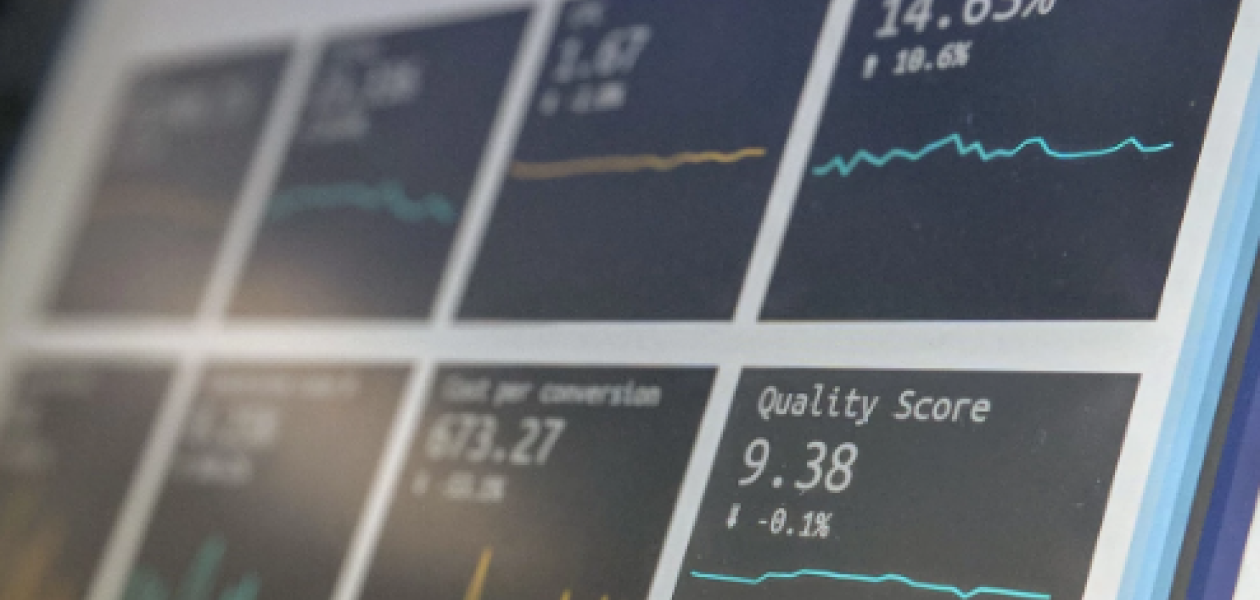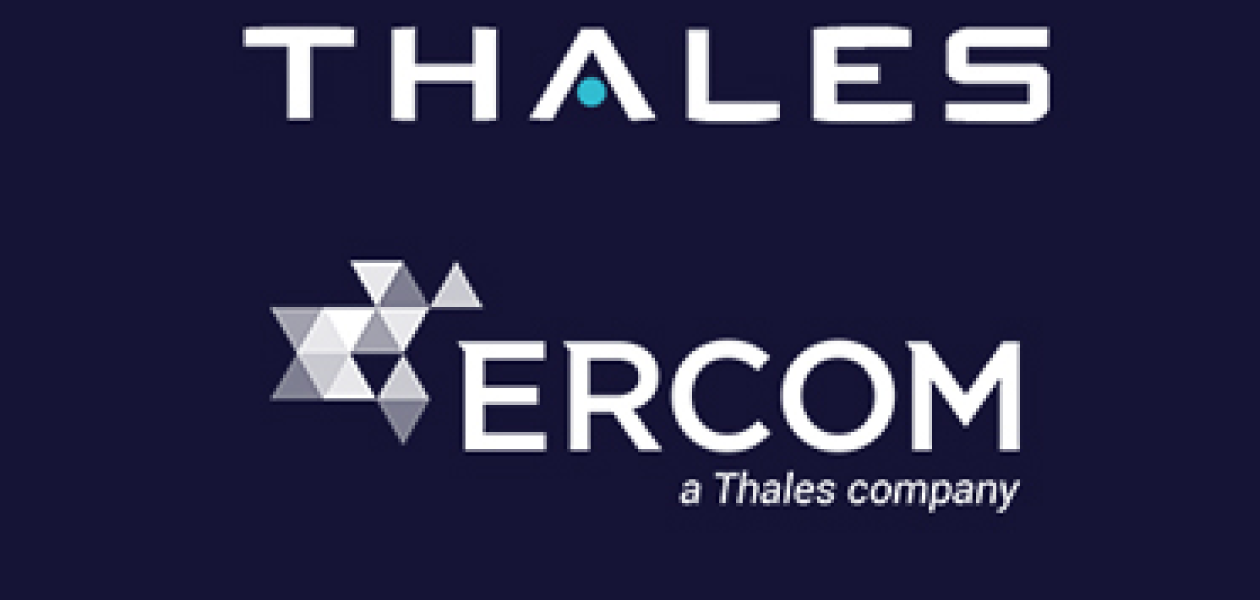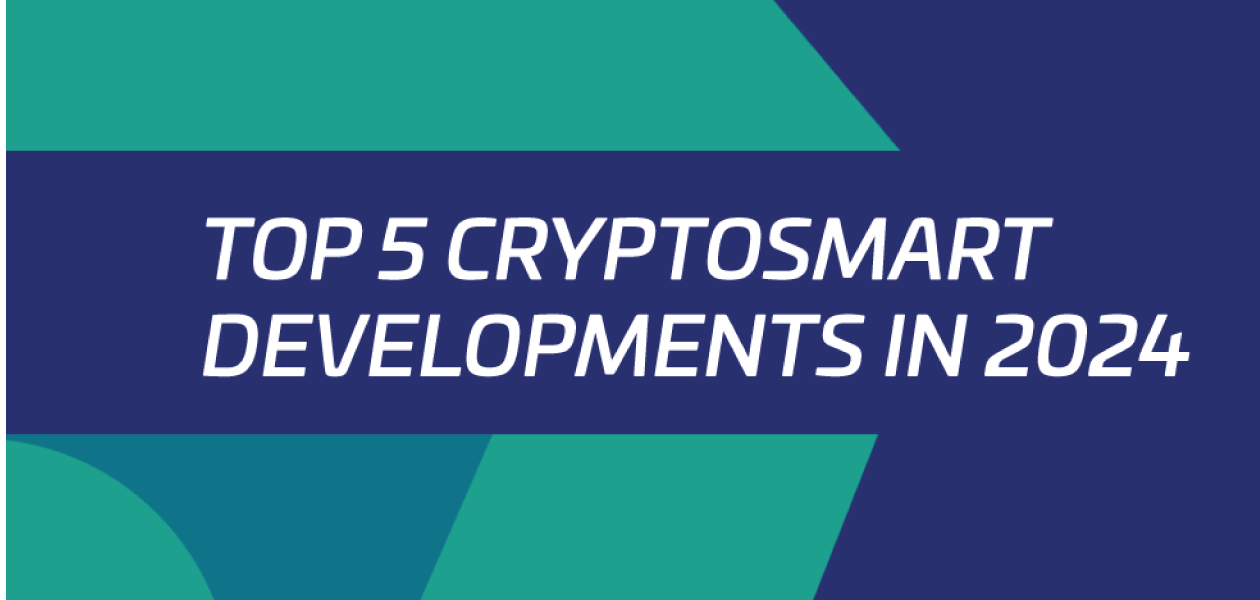Telecoms stock values: Danger ahead!
Discover in this article why telecoms stock values may face potential danger ahead
An IHS Technology study forecasts a 23.3 billion dollars peak for 4G-LTE mobile equipment global investments in 2015. It will then decline on the beginning of 2016. These investments thus no longer offset the decrease in older generations’ 2G and 3G networks investments, because everyone awaits the 5G technology. In this context, how could Numericable-SFR’s managers’ strategy to offer 10 billion euros to acquire Bouygues Telecom’s network – 3 times its estimated value of 3 to 3.5 billion euros according to financial analysts- not raise any questions? What were Numericable-SFR executives looking for by bidding that amount of money?
Frequency ranges? The acquisition would have compelled the buyer to hand over a portion to Free, though. Were they looking for Market shares and user accounts? But customers’ loyalty is no longer a safe bet is this domain.
In comparison, Nokia’s acquisition of Alcatel is clearly a growth plan. It requires few jobs duplications (while a Bouygues Telecom and Numericable-SFR fusion would lead to nearly 50% job cuts), it implies a significant geographical complementarity (Alcatel has a strong presence in North-America when Nokia has not, etc.), it also implies a diversified and complementary products portfolio (Nokia being exclusively present on wireless networking, Alcatel mostly on IP-based solutions). Here are the elements for a sensible, successful and promising fusion then.
On the contrary, if Numericable-SFR’s ambition is to build a major French group, what other actors would remain and how could that important an acquisition cost be amortized? For its part, Free’s ambition is to develop in the USA… One may wonder aren’t he or she witnessing the birth of a new telecoms economic bubble, as we did in 2000? In 1999, Vodafone came with an aggressive activity acquisition offer to the German Mannesmann of 117 billion pounds (approximately 180 billion euros).
Telecoms were totally immerged into a gigantic economic bubble, investors thought the all-technology era was happening, thus mixing mid-term growth promises and effective profitability, major central banks’ extremely low interest rates encouraged tender offers, and the market capitalizations of the two actors became insanely high: Mannesmann’s value was 119,5 billions and Vodafone one was 149,4 billion (values as of 2000).
The crack of technology-related values would then last until 2003. The Paris stock exchange, for example, would see its values decrease by 65% between 2000 and 2003! It’s interesting to see that, 12 years later, Vodafone Group’s market capitalization (Vodafone + Mannesmann then) is only 107 billion, meaning a value loss of 60%! Another clue that points to the birth of an Internet of things related telecom economic bubble, the Mobile World Congress, which takes place every year in Barcelona, has witnessed an attendance jump from 55,000 participants in 2008 to 95,000 participants in 2015, roughly a 73% progression in 7 years! Only time can tell if it’s yet another economic bubble or if it’s real growth, doubtlessly driven by the overwhelming explosion of connected objects.



